Middle-Aged White Woman Teaching Asian Medicine
Middle-Aged White Woman
Teaching Asian Medicine
Is it cultural appropriation for Westerners to practice Chinese medicine? How about Westerners teaching Chinese medicine? How about innovating new practices, new perspectives, new Western adaptations or sub-modalities that owe their origins to Chinese medicine?
These are important questions, and they must be ongoing questions. It seems likely that the short answer is that yes, this is cultural appropriation—but then, having made this determination, what is our next step? Surely it is not for all Westerners to stop receiving, practicing, and sharing Chinese medicine. How do we engage that which our culture did not create in a way that is respectful and generative, as a gift rather than a theft?
There are many pathways to explore in this conversation and the most important consideration is that we have begun the conversation at all, rather than taking it for granted.
Below is an article that pertains to these questions. The article is an adapted transcript from an introduction to my Whole Heart Acupuncture series.
Click here for more about the upcoming WHA series
Whole Heart Acupuncture
Welcome to Whole Heart Acupuncture. I don’t think it’s possible to talk about Whole Heart Acupuncture without saying something about the dialectical process that, in Five Element Theory, is recognized as the domain of the Wood Element. In order to understand the dialectical process and the Wood Element, let’s consider the number three, which is the number associated with the Wood Element. The number three is also associated with vision, which is appropriate because this is a visionary attempt.
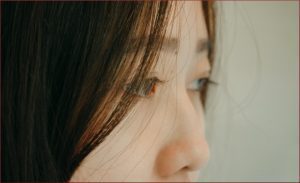 Close one of your eyes, if you would, right now as you look at these words. Just look with one eye, and then—without moving your head—switch to the other eye. Then switch back. Try it again a few times. Go back and forth between one eye and the other, just often enough to get a sense of how they’re different. Because they are a little different, right? They’re not exactly the same. You’ve got these two different frames, from the two different eyes. Which one of them is correct?
Close one of your eyes, if you would, right now as you look at these words. Just look with one eye, and then—without moving your head—switch to the other eye. Then switch back. Try it again a few times. Go back and forth between one eye and the other, just often enough to get a sense of how they’re different. Because they are a little different, right? They’re not exactly the same. You’ve got these two different frames, from the two different eyes. Which one of them is correct?
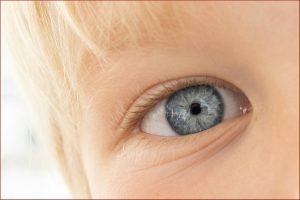 Vision has a particular meaning in Five Element Theory, as part of the Wood Element. We can have sight with one eye, but it takes two eyes to have vision. When there is more than one eye, something amazing happens. We have something called perspective. We have depth perception.
Vision has a particular meaning in Five Element Theory, as part of the Wood Element. We can have sight with one eye, but it takes two eyes to have vision. When there is more than one eye, something amazing happens. We have something called perspective. We have depth perception.
 Why? Because this eye sees it this way because it’s here. And this other eye sees it this other way because it’s there. This-eye-here can’t see the view from there, and this-eye-there can’t see the view from here.
Why? Because this eye sees it this way because it’s here. And this other eye sees it this other way because it’s there. This-eye-here can’t see the view from there, and this-eye-there can’t see the view from here.
The location of the eye gives rise to the view. That view is the sight from one eye: “This is what I see from where I stand.” But vision requires another eye saying, “I am standing over here—and this is what I see from over here.”
I am one eye, standing here. Any other eye, by virtue of standing somewhere else, will see the same creation from a different angle, and therefore see something different. That’s why vision is associated with the number three. There’s my view from where I stand—and that’s one. There’s your view from where you stand—and that’s another one. When they are brought together, what arises is a crazy dynamic dance, a wild creative flow that generates depth perception, perspective, and the creation of a new capacity to see in a visionary way that neither eye alone could see. That’s the new “one” that arises from the two different eyes.
We can go to war over our different views, or we can have a new collaborative creation. It’s exciting. It’s a challenge. It’s also exactly what it takes for me to have the nerve to teach a course on acupuncture.
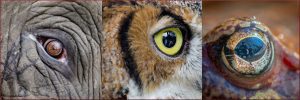 I do a lot of thinking about what it means to be a middle-aged Western white woman who has been studying Asian medicine for more than 30 years now. It’s been 33 years, so I’m not a complete stranger to this work. But I grew up in the United States of America, so I am saturated with a viewpoint that is not Asian. I have done my best to incorporate an Asian viewpoint in my understanding of this medicine, to learn to see from the other eye, but this will never be more than partial. The first step is for me to acknowledge that partiality, to be aware of my own eye. This makes it possible to engage with the humility and the rightful ownership of making a contribution to a collaborative process.
I do a lot of thinking about what it means to be a middle-aged Western white woman who has been studying Asian medicine for more than 30 years now. It’s been 33 years, so I’m not a complete stranger to this work. But I grew up in the United States of America, so I am saturated with a viewpoint that is not Asian. I have done my best to incorporate an Asian viewpoint in my understanding of this medicine, to learn to see from the other eye, but this will never be more than partial. The first step is for me to acknowledge that partiality, to be aware of my own eye. This makes it possible to engage with the humility and the rightful ownership of making a contribution to a collaborative process.
In simpler terms: I cannot claim to represent an Asian viewpoint. I also cannot claim, about what I’m teaching, “Oh yeah I came up with this myself!” I must give credit to the sources. It would be arrogant for me to claim indigenous viewpoint in my teaching. It would be equally arrogant not to claim over-the-top levels of indebtedness to the origins; that would be pure cultural appropriation. How to engage that line in a creative and life-affirming way, so that in no way do I deny that this is a middle-aged white woman from America talking right now?
The value of this two-eyed awareness is that the moment I say, “I am a Westerner,” I am claiming this as heritage, resource, and responsibility. It frees me to say, “In the presence of knowing that this eye is a Westerner’s eye, I make room for another eye—for its legitimacy, and for it to take up 50% of the dialogue, neither to dominate nor to be dominated. The minute I say “middle-aged white woman” I make room for “not white not woman not middle-aged” by claiming what I am as a point of contrast.
I ask that for all of us, for whatever relationship it is that we have to this medicine, whatever our particular heritage, whatever our particular place of standing right now, to acknowledge openly: this is where we stand; this is where our eye is looking from. We are learning about something that is the result of many, many collaborations, many, many people learning from their elders, who took from various traditions, and then said, “Okay from where I stand, here’s what I bring to that collaborative mix.” Over time, the vision is changed, and the vision is changed, and the vision is changed and changed again.
That’s my introduction to the two-eyed dialectic that this course is all about: An invitation not to be dominated by the material (I am nothing; I have to do everything just as I have been taught), nor to appropriate arrogantly (Who cares what they did with it. I’m doing this with it, and I’ll call it whatever I want).
With or without our inevitable evolutions, it’s hard to know what to call it anymore. Even what we called, “Chinese medicine” is not really entirely Chinese medicine. It’s collaborative East Asian medicine. It’s human medicine that owes tremendous debts to the Asians who did the heavy lifting to work this out. Then a bunch of us Westerners came along and said, “Wow! That is so cool! Can we get in that sandbox and play too? Can we play fair and nice with the toys, not steal, and not bonk each other on the head?”
What you’re going to be getting in Whole Heart Acupuncture is the view from where I stand. My hope is that, at all times, you will never believe a word that I say is true—that you will instead say, “Wow! That’s how it looks from where Thea Elijah stands. Will I take that as the word from the other eye? Does it open my eye? Does it call my eye to a different witnessing, to a different noticing?” This inevitably leads to something new being created.
So, that’s what this middle-aged Western white woman is doing, teaching something that she calls Whole Heart Acupuncture.
Want to join the discussion? Find the Perennial Medicine listserv here.
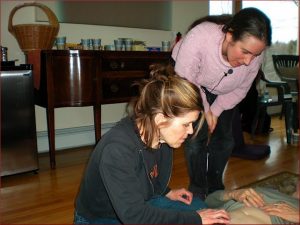
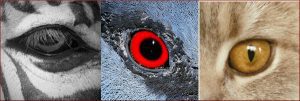



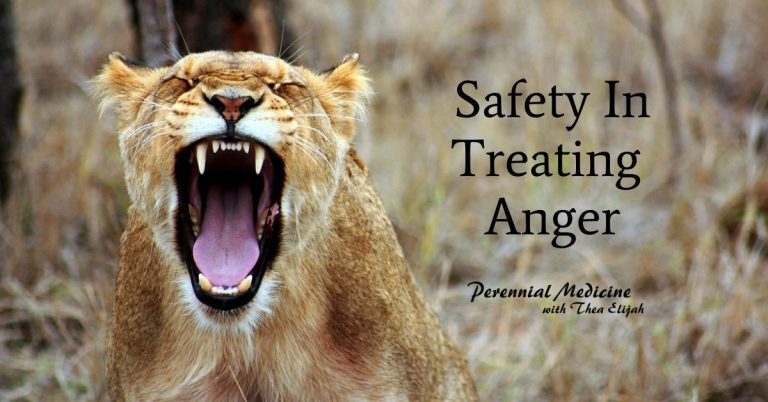


In my very first exposure to Oriental Medicine as it was called then, I was taught: Respect those who have gone before – Follow Recipes, and, be creative – Adapt Recipes. This with the understanding that the respect part preceded and is required for creativity.